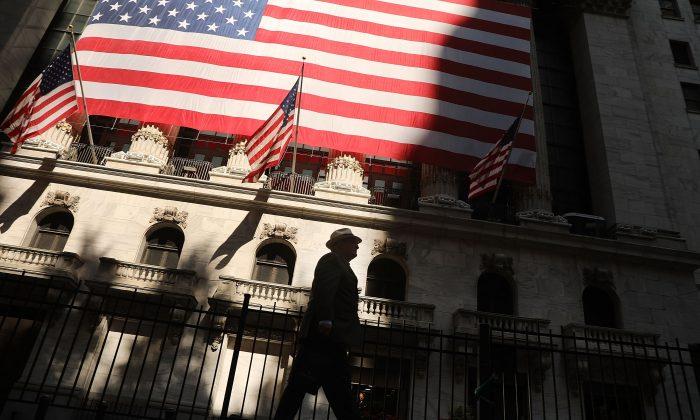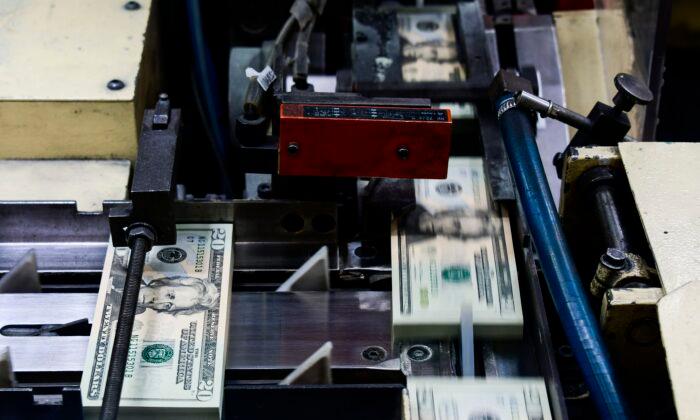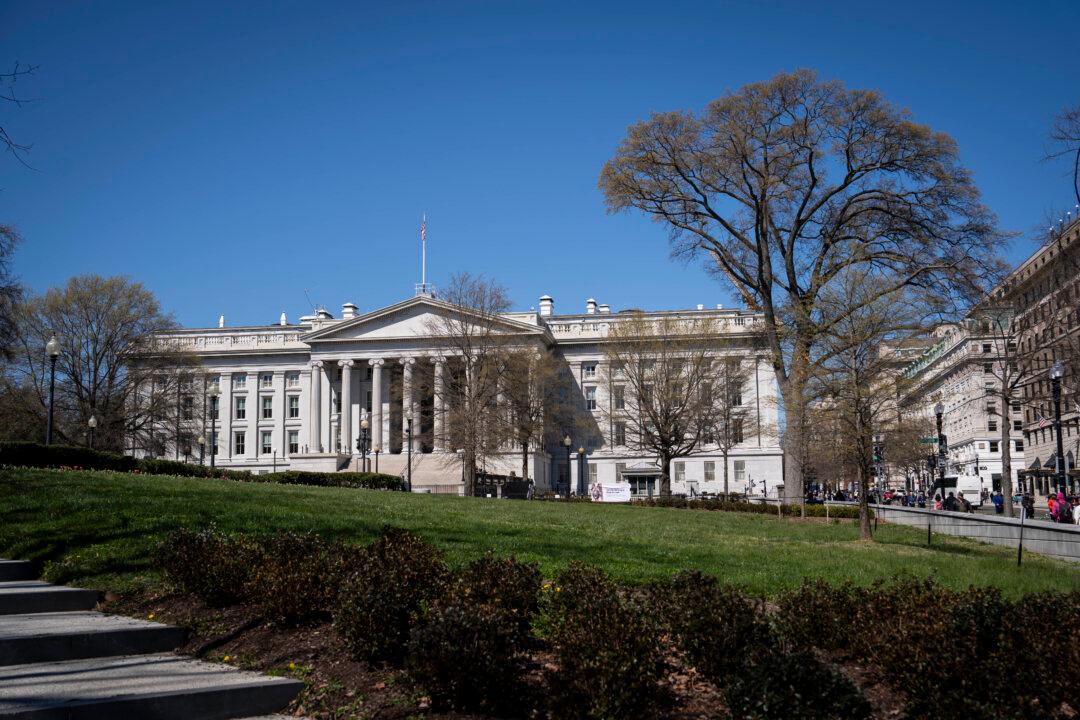From the point of view of the economy, the loss of the Republican majority in the House of Representatives means President Donald Trump will have more challenges to passing many promised new reforms, especially tax cuts and the repeal of the Affordable Care Act. It also jeopardizes the implementation of an infrastructure plan.
The reason that the stock market at first reacted positively is because the results were already discounted in the selloff before, and the relative strength of the Trump administration remains.
Trump’s party controls the government, the Senate and the Supreme Court and can avoid the veto in Congress via executive orders, in some cases, as Obama did. However, it isn’t so simple, and history shows that in the years following the loss of a majority in Congress, the president signs fewer legislative bills. In the case of Obama, it meant a reduction of 20 percent.
As a result, the U.S. dollar has strengthened since the election and the stock market has given up most of the gains.
In terms of fiscal and monetary policy, what these elections show is that the path of rate hikes by the Federal Reserve will most likely continue and that the fiscal policy already implemented will be maintained.
State of Economy a Mixed Bag
The U.S. economy continues to show positive factors as well as concerning ones. There are solid growth data and a healthy medium-term outlook, as well as stable 10-year bond yields.Economic growth is better than estimated. The gross domestic product (GDP) grew 3.5 percent during the third quarter, after 4.2 percent growth in the second quarter of this year. We are at the height of the impact of the Trump tax reform, and the prospects in the short and medium term are positive because—as we have always commented—more than 150 million Americans haven’t seen the recovery from 2009 to 2016, as mostly the stock market gained, while employment and wages were stagnant.
Now, unemployment is at the lowest level of the past 40 years, but the rate of labor participation remains at a low 62.9 percent, so there is a lot of room to continue improving.
Wages are rising, but barely in line with inflation, so there is also room to improve.
At the same time, we can’t talk of “overheating” in an economy with 62.9 percent labor participation rate, 78 percent industrial capacity utilization and wages rising moderately.
Consumer confidence is at record highs and unemployment at historic lows, but there is more than ample room to improve to allow the recovery to reach the majority of the U.S. population.
There are various concerns to address:
Rising public spending has generated a massive deficit increase despite tax revenues being above budget.
High levels of corporate and household debt built in the years of central bank largesse haven’t been a threat to the economy yet, but if the Fed raises rates faster as planned, higher levels of debt can cause a recession.
Spending Out of Control
With a deficit that will exceed $1 trillion, despite tax revenues being above budget by almost $779 billion, it is clear that the United States should address the uncontrolled increase in spending that continues to be a burden on growth and a risk to public finances. Maybe the gridlock in Congress will prevent further spending increases.The deficit won’t be solved by raising taxes, as we have seen in the past. After $1.5 trillion in new taxes, the Obama administration ended its tenure with almost $10 trillion in new debt. And with a Republican-controlled Senate, this won’t happen, at least not until after the next election in 2020.
The cost of interest payments on federal debt alone is now greater than $500 billion, while entitlements and government spending are rising above real GDP almost every year. And this comes after the Fed monetized trillions of dollars worth of government debt.
And no, debt won’t be reduced with more quantitative easing or more spending. It simply has never worked. Both policies incentivize higher debt and more taxes.
The best way to combat the debt and help the economy in the long-term is by simultaneously slashing spending and taxes. However, with the Democrats in charge of the House, they will neither permit spending cuts nor tax reductions. Expect government debt to reach new highs, even without a recession.





